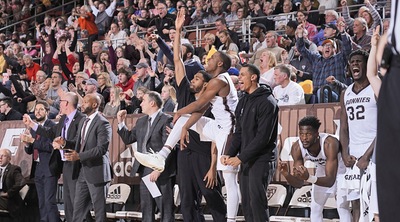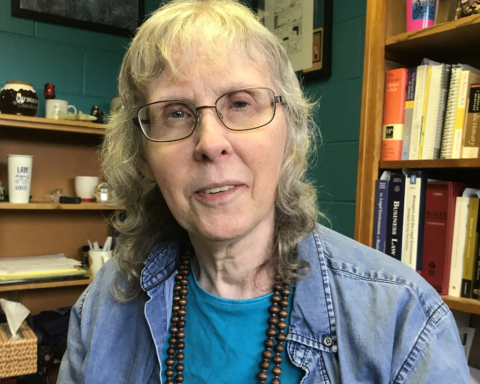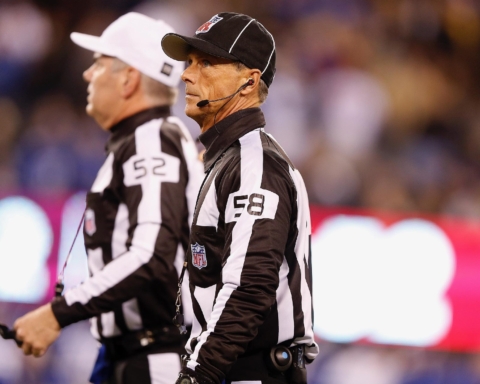By Hannah Gordon
News Editor
Automated external defibrillators (AEDs) are commonplace. They are expected to be in public areas in case of emergency, but that is far from the case on the St. Bonaventure campus.
An AED is a portable electronic device that can analyze the rhythm of a heart to identify any abnormalities and, if necessary, direct the rescuer on how to administer an electrical shock to the person, which can help the heart reestablish a rhythm.
While Bonaventure is in compliance with state laws, because state laws requiring AEDs only apply to public property, it’s a shame students, faculty and visitors can’t feel completely safe because AEDs aren’t readily available in every building.
According to the American Red Cross’s website, over 350,000 people will suffer from sudden cardiac arrest this year, with no regard to age, time or place. There was such an incident on campus last year. Tyler Bell, a junior sports studies major, was practicing with the baseball team in Butler Gym, when his father, who was watching, collapsed.
“His heart stopped, and I got on him, and one of the athletes is a cardiac nurse”, said Chris Hobler, Head Athletic Trainer. “We both established there was no pulse. She started CPR, and told me to get her an AED. There wasn’t one there. We called security, and they were over here in two minutes with an AED. It worked out, and everything was fine, but it’s one of those incidents where it’s like ‘why isn’t there an AED here?’
There are 10 AEDs around campus, and each is checked monthly. According to Vito Czyz, director of Safety and Security, an AED is present in Doyle Hall Health Services, Robinson Hall Security Services, the Regina A. Quick Center for the Arts front desk, the SBU Clubhouse, Security SUVs, Francis Hall 1st floor hallway, the Richter Center front desk, 1st floor of Plassmann Hall near the coffee area, the William E. and Ann L. Swan Business center near financial services, and several in the Reilly Center athletics area.
However, the AEDs in Doyle Hall and in the Quick Center get locked after hours, and the “several” AEDs in the Reilly Center are the property of the athletic department and not for public use.
According to the American Red Cross’s website, each minute defibrillation is delayed, the chance of survival is reduced approximately 10 percent.
AEDs sell for anywhere between $800 and $2,000, but schools can apply for grants to help defray that cost.
“Grants aren’t going to pay for them, but grants might take $100 off,” Hobler said. “I applied for four different grants and got accepted to all of them. It saves you a couple hundred dollars, but it’s an investment further than that. The batteries last five years, and batteries aren’t cheap either, but it’s a life you could be saving, or potentially saving. $700 or someone’s life?”
Hobler purchased two AED’s for $700 each for the athletic department.
This seems to be a budget issue. But, if Bonaventure can debt-fund $7.25 million to renovate Robinson and Falconio Halls, isn’t it a little disappointing that administration can’t drum up $10,000 for life-saving devices ?
Be proactive rather than reactive. A lawsuit for a death on campus certainly isn’t built into Bonaventure’s budget, and all that bad press wouldn’t help raise enrollment numbers.








